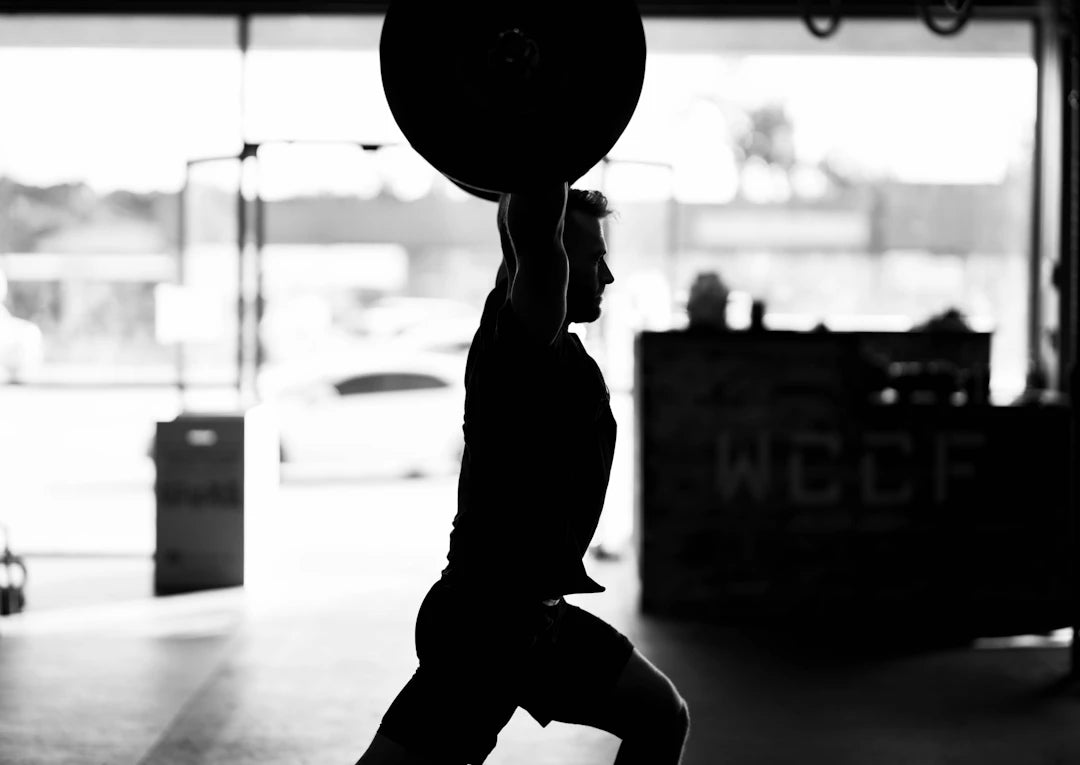
Aquatic Workouts: A Low-Impact Option for Seniors
Share
Overview
Aquatic workouts are an ideal exercise option for seniors, offering benefits like joint support, improved balance, enhanced cardiovascular health, and social interaction. To get started, consult a physician, find a suitable pool, and consider joining classes tailored for seniors. Safety tips include knowing your limits, staying hydrated, and wearing appropriate gear. Establish a routine to stay motivated and track your progress for a healthier lifestyle.
Frequently Asked Questions
1. What are the benefits of aquatic workouts for seniors?
2. How do aquatic workouts accommodate seniors with joint pain?
3. What should seniors do before starting aquatic workouts?
4. How can seniors stay motivated to continue aquatic workouts?
5. What safety tips should seniors keep in mind during aquatic workouts?
As we age, staying active becomes more important than ever. One fantastic way to achieve this is through aquatic workouts. These exercises not only help improve fitness and strength but also offer a gentle approach that accommodates the unique needs and concerns of seniors. Let’s dive into the benefits of aquatic workouts and how to get started with these low-impact workouts for seniors.
Why Choose Aquatic Workouts?
Aquatic workouts provide numerous advantages that make them an ideal choice for older adults. Here are just a few reasons why these exercises are excellent for seniors:
Gentle on Joints
Many seniors face joint pain and mobility issues, which can make traditional exercises challenging. The buoyancy of water reduces the impact on joints, making it easier to move without discomfort. This water support allows seniors to engage in a range of motion that might be too painful or strenuous on land.
Improved Balance and Strength
As we age, maintaining balance and strength is essential for preventing falls. Aquatic workouts help strengthen core muscles and improve overall stability. The resistance of water adds an element of strength training, allowing seniors to build muscle safely and gradually.
Enhanced Cardiovascular Health
Regular exercise is vital for heart health, and aquatic workouts can effectively boost cardiovascular fitness. The water’s cooling effect makes it easier to engage in longer sessions, potentially increasing endurance without overheating.
Stress Relief and Social Interaction
Group aquatic workouts can provide a fun, social environment where seniors can meet others, share experiences, and create friendships. Plus, exercising in water can be incredibly refreshing and soothing, easing mental stress and promoting better overall well-being.
Common Challenges Faced by Seniors
While aquatic workouts provide many benefits, some older adults might encounter challenges when starting or maintaining a fitness routine. Let’s explore some common obstacles:
Joint Pain
Many seniors deal with arthritis or other conditions affecting their joints. This discomfort can be a significant barrier to exercise. The low-impact nature of aquatic workouts helps alleviate this issue, enabling seniors to exercise without exacerbating pain.
Balance Issues
Falling is a serious concern for older adults. Aquatic exercises can help improve balance through controlled movements, providing a safer environment where the risk of falling is greatly reduced. Note that having a qualified instructor can help ensure safe practices.
Low Motivation
Staying motivated to engage in regular exercise can be tricky. However, finding enjoyable activities can help seniors stick with a routine. Aquatic classes often provide a fun atmosphere and encouragement, making it easier for seniors to stay active.
Getting Started with Aquatic Workouts
If you're ready to try aquatic workouts, follow these simple steps to get started:
Find a Suitable Pool
Look for community centers, fitness clubs, or health clubs that offer warm-water pools or aquatic aerobics classes. Warm water can be particularly beneficial for easing stiff muscles and joints.
Consult with Your Physician
Before starting any new exercise program, especially if you have existing health conditions, consult your doctor. They can provide personalized advice and ensure that aquatic workouts are a safe option for you.
Choose a Class or Workout Routine
Check for local senior-friendly aquatic classes in your area. These classes typically incorporate gentle exercises tailored to seniors, often led by trained instructors who understand seniors' needs. If classes aren't available, consider following online tutorials designed for aquatic workouts.
Sample Aquatic Workout Routine for Seniors
Here’s a simple, low-impact aquatic workout routine you can do in the pool. Remember to warm up before you start!
Warm-Up
- Walking in the shallow end for 5-10 minutes
- Gentle arm circles while standing in the water
Main Workout
- Leg lifts: Stand next to the edge of the pool and lift one leg straight out to the side. Hold for a count of 5, then lower. Repeat 10-15 times for each leg.
- Water jogging: Move to the deep end (or shallow, depending on comfort) and alternate jogging in place for 1-2 minutes, followed by a rest period.
- Arm presses: Stand with your back to the pool wall, holding onto the edge. Press your palms down through the water repeatedly for 10-15 reps.
- Side shuffles: Shuffle sideways from one end of the pool to the other to engage your hips and improve lateral mobility. Repeat for 5 minutes.
Cool Down
- Gentle walking in the shallow end again for 5 minutes
- Light stretching: Reach your arms overhead, then lean to one side and the other, holding stretches for about 15-20 seconds.
Staying Safe and Healthy
Safety is a priority when doing any physical activity. Here are some tips to ensure your aquatic workout sessions are safe and enjoyable:
Know Your Limits
Always listen to your body. If you feel any pain or discomfort, stop and rest. It's crucial not to push yourself too hard—progress comes with time!
Stay Hydrated
Even while swimming, it’s easy to forget to hydrate. Make sure to drink plenty of water before and after workouts to keep your body functioning optimally.
Wear the Right Gear
Invest in supportive water shoes if you're doing exercises that require additional grip and safety. This can help prevent slips and falls.
Making It a Regular Routine
Building a habit takes time, but it's essential for maintaining a healthy lifestyle. Here’s how to make aquatic workouts a regular part of your routine:
Set a Schedule
Choose specific days and times to attend classes or swim. This helps establish a routine and makes it easier to stick with your workouts.
Invite a Friend
Having a workout buddy can significantly boost motivation. Invite a friend to join you for aquatic classes or workouts. This offers support and creates a more social atmosphere.
Track Your Progress
Keep a simple journal to track your workouts, noting improvements in strength, endurance, and how you feel afterward. Celebrating small milestones can be immensely rewarding and encouraging.
Final Thoughts for a Happier, Healthier You!
Engaging in aquatic workouts provides older adults with endless benefits—from reducing joint pain to improving cardiovascular health. By choosing low-impact workouts for seniors, you’re opting for a safe, effective way to stay active and healthy. Remember that it’s never too late to start moving! Embrace the water, find what you enjoy, and take each step at your own pace. You deserve to feel strong, healthy, and alive! With a gentle approach and a supportive community, you can transform your wellness journey and enjoy all the beautiful moments life has to offer.
Visit one of our fellow Shopify or Wix users' stores by clicking this store link. Please note that this is a promotional link, and we are not responsible for the content of the linked store.
